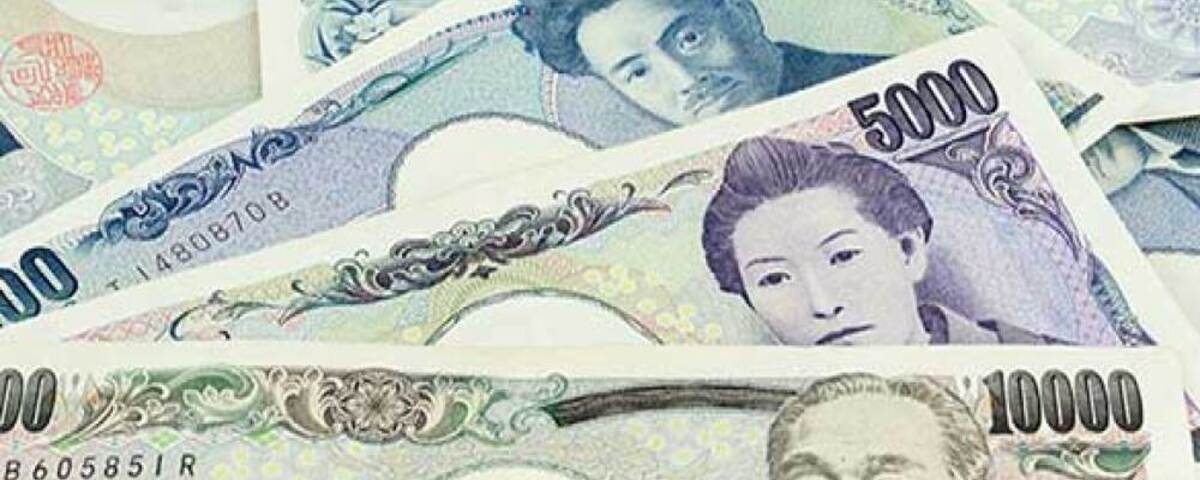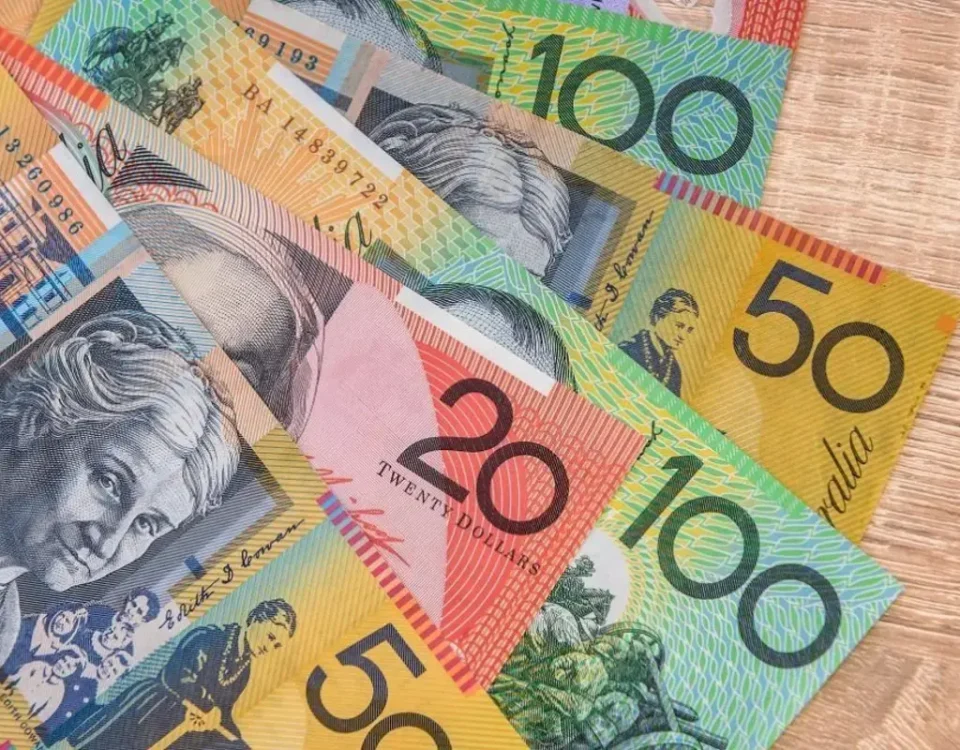
Chicago Fed National Activity Index Unexpectedly Rises To +0.05 In February
25/03/2024
Analysis-As yuan skids, markets bet more depreciation is in store
27/03/2024NEW YORK/LONDON (Reuters) – On Wednesday, the yen hit its lowest level since 1990 before experiencing a slight rebound following a meeting among Japan’s top monetary authorities to address the currency’s rapid depreciation and signal readiness for intervention.
The dollar briefly surged to 151.975 yen, marking its strongest position against the yen since the mid-1990s, before dipping by 0.19% to 151.29.
Late in Tokyo’s trading hours, the Bank of Japan, the Finance Ministry, and Japan’s Financial Services Agency convened a meeting. Following this, senior currency diplomat Masato Kanda stated, “I won’t rule out any steps to respond to disorderly FX moves.”
In 2022, Japanese authorities intervened to support the yen at 151.94. On Wednesday, Finance Minister Shunichi Suzuki echoed the same sentiment preceding that intervention, cautioning against excessive currency fluctuations and emphasizing Japan’s readiness to take “decisive steps.”
Bipan Rai, North American head of FX strategy at CIBC Capital Markets in Toronto, remarked, “They are swimming against the current here, to an extent. Intervention helps in the near term, but it’s not a long-term solution.”
The yen has depreciated by over 7% this year, primarily due to the widening gap between U.S. and Japanese bond yields, which the Bank of Japan’s recent small interest rate hike failed to address significantly.
The U.S. Federal Reserve’s initiation of an interest rate reduction cycle and a decline in government bond yields outside Japan could be crucial in curbing the yen’s decline.
“I suspect that intervention, or threats to conduct intervention, are really just a measure of buying time until we start to see things shift on a more sustained basis outside the country,” Rai added.
The dollar is poised for robust quarterly gains after investors revised down their expectations for significant interest rate cuts, buoyed by strong economic indicators and central bankers’ reluctance.
Guy Miller, chief market strategist at Zurich Insurance Group, observed that other currencies were bearing the brunt of a strong U.S. dollar.
“The US economy has outperformed expectations, particularly compared to other global regions,” noted Miller.
The dollar index edged up by 0.11% to 104.40, registering approximately a 3% increase so far in 2024.
The focus of the market this week is on U.S. core inflation figures scheduled for Good Friday. However, a larger-than-anticipated surge in U.S. durable goods orders on Tuesday has already lent some support to the dollar, further weighing on the yen.
The euro depreciated by 0.15% to $1.0814, while sterling weakened by 0.07% to $1.262.
Against Sweden’s crown, the dollar strengthened after the Swedish central bank maintained interest rates and hinted at impending rate cuts. It rose by 0.33% to 10.62 crowns.
The Swiss franc hit its lowest level since early November on Wednesday at 0.9071 against the dollar, still reeling from a surprise rate cut in Switzerland last week and down approximately 7% this year.



